No Module Named ‘Torch’
Introduction to Torch
Torch is an open-source machine learning library primarily used for developing deep learning models. It provides a scientific computing framework and a set of algorithms that make it easier to build and train neural networks. Torch features a dynamic and efficient graph computation engine, making it perfect for rapid prototyping and research purposes.
Key Features of Torch
1. Dynamic Computational Graph: Unlike traditional deep learning libraries, Torch offers a dynamic computational graph. This means that the graph is created and evaluated in real-time during the program execution, enabling developers to make changes on the fly without the need to recompile the code.
2. Efficient GPU Utilization: Torch supports NVIDIA’s CUDA, allowing users to harness the power of GPUs for accelerated deep learning tasks. This results in significantly faster training and inference times, making it easier to work with large datasets.
3. Rich Toolbox: Torch provides a comprehensive set of tools and modules for various machine learning tasks, including image and video processing, natural language processing, and reinforcement learning. It also offers numerous pre-trained models that can be easily utilized in different applications.
Benefits of using Torch in Machine Learning
1. Flexibility and Ease of Use: Torch’s dynamic graph system allows developers to experiment and iterate quickly. Modifying neural network architectures, changing hyperparameters, and debugging models become effortless tasks, making it suitable for both beginners and experienced researchers.
2. Production-Ready Deployment: Torch offers seamless integration with other popular machine learning frameworks, such as TensorFlow, through ONNX (Open Neural Network Exchange). This makes it easier to deploy models that were trained in Torch to production environments.
3. Extensive Community Support: Torch has a thriving community that actively contributes to its development and maintenance. This means that users can easily find support, tutorials, and pre-trained models, ensuring a smooth learning curve.
How Torch is Integrated into the Machine Learning Workflow
Torch can be seamlessly integrated into the machine learning workflow by following these basic steps:
1. Data Preprocessing: Prepare and preprocess the dataset, applying any necessary transformations or augmentation techniques.
2. Model Design: Construct the neural network architecture using Torch’s high-level modules, such as nn.Sequential or nn.Module. Define the forward pass and any custom functions required for the model.
3. Loss and Optimization: Choose an appropriate loss function for the task at hand, and select an optimizer to update the model’s parameters during training. Torch provides a wide range of loss functions and optimization algorithms to choose from.
4. Training: Iterate over the training dataset, forward propagate the input through the network, compute the loss, and backpropagate the gradients. Update the model’s parameters using the selected optimizer. Repeat this process until the desired performance is achieved.
5. Evaluation: Evaluate the model’s performance on a separate validation or test dataset. Calculate metrics such as accuracy, precision, recall, etc., to assess its effectiveness.
Common Challenges and Issues with Torch
1. No Module Named ‘Torch’: One common issue encountered when working with Torch is receiving a “No module named ‘torch'” error. This can occur if Torch is not installed correctly or if there are conflicts with other dependencies.
2. Import Torch Could Not Be Resolved: Another challenge faced by developers is when the import statement for Torch fails to resolve. This can be due to incorrect installation or issues with the Python environment.
Solutions and Workarounds for Torch-Related Problems
1. Install Torch: To install Torch, you can use pip, conda, or build it from source. The command “pip install torch” will install the latest stable version of Torch. Alternatively, you can use “conda install torch” if you are using the Anaconda distribution.
2. Import Torch Could Not Be Resolved: If the import torch statement fails to resolve, check that Torch is correctly installed and accessible in your Python environment. Ensure that there are no conflicting dependencies or naming issues. It might also be helpful to update your Python version and Torch installation.
3. Install Torch CUDA: To enable GPU acceleration, you can install the CUDA version of Torch. This can be done by downloading the appropriate CUDA Toolkit and following the installation instructions provided by PyTorch.
4. Install Torchvision: Torchvision is a package that provides datasets, models, and transformations for computer vision tasks. It can be installed via pip or conda using the command “pip install torchvision” or “conda install torchvision.”
Torch Alternatives in Machine Learning
While Torch is a powerful library, there are other alternatives available in the machine learning landscape:
1. TensorFlow: TensorFlow is a widely-used machine learning library developed by Google. It offers a comprehensive platform for building and deploying machine learning models, and it supports a wide range of devices, including GPUs and mobile devices.
2. Keras: Keras is a high-level deep learning library that provides a user-friendly interface for building neural networks. It can be used as a frontend for different backends, including TensorFlow, Theano, and CNTK.
3. Caffe: Caffe is a deep learning framework known for its speed and efficiency. It focuses primarily on computer vision tasks and has a large community and ecosystem.
Conclusion
Torch is a versatile and efficient machine learning library with numerous benefits for developers and researchers. Its dynamic graph system, efficient GPU utilization, and extensive toolbox make it a popular choice for building and training deep learning models. While facing some challenges and issues is inevitable, solutions and workarounds are readily available. Considering its importance in machine learning, mastering Torch can greatly enhance one’s ability to create and deploy cutting-edge models.
FAQs
Q: How can I install torch?
A: Torch can be installed using pip or conda. Simply run “pip install torch” or “conda install torch” in your terminal or command prompt.
Q: What should I do if the import torch statement could not be resolved?
A: Make sure Torch is correctly installed and accessible in your Python environment. Check for any conflicting dependencies and consider updating your Python version and Torch installation.
Q: How can I install torch with CUDA support?
A: To enable GPU acceleration, you can install the CUDA version of Torch. Download the corresponding CUDA Toolkit and follow the installation instructions provided by PyTorch.
Q: What is torchvision, and how can I install it?
A: Torchvision is a package that provides datasets, models, and transformations for computer vision tasks. It can be installed via pip or conda using the command “pip install torchvision” or “conda install torchvision.”
Q: Can Torch be used in conjunction with other machine learning frameworks?
A: Yes, Torch can be seamlessly integrated with other frameworks, such as TensorFlow, through ONNX, allowing models trained in Torch to be deployed in various environments.
Q: Are there any alternatives to Torch in the machine learning domain?
A: Yes, TensorFlow, Keras, and Caffe are popular alternatives to Torch for machine learning tasks. Each framework has its own strengths and areas of specialization.
Q: What is the importance of Torch in machine learning?
A: Torch provides a dynamic graph computation engine, efficient GPU utilization, and a rich toolbox, making it easier for researchers and developers to build and train deep learning models. Its flexibility and ease of use contribute to its importance in the machine learning landscape.
Q: How can I install PyTorch in Anaconda?
A: You can install PyTorch in Anaconda by running the command “conda install pytorch” in your terminal or command prompt. This will install the latest stable version of PyTorch along with its dependencies.
Python | Anaconda: Modulenotfounderror: No Module Named ‘Torch’ #4827
Keywords searched by users: no module named ‘torch’ Install torch, Pip install torch, Conda install torch, Import torch could not be resolved, Install torch CUDA, Install torchvision, PyTorch, How to install PyTorch in Anaconda
Categories: Top 69 No Module Named ‘Torch’
See more here: nhanvietluanvan.com
Install Torch
Torch, also known as TorchScript, is a widely used open-source machine learning library that allows developers to create advanced machine learning algorithms with ease. It provides a seamless experience with CUDA-enabled GPUs for optimized performance. In this article, we will walk you through the step-by-step process of installing and setting up Torch on your machine, whether you are using Windows, macOS, or Linux.
System Requirements:
Before we delve into the installation process, it’s crucial to ensure that your system meets the necessary requirements. These requirements vary depending on the operating system you are using. For Windows users, a version newer than Windows 7 is recommended. Linux users will need Ubuntu 14.04 or a more recent version, while macOS users will typically require macOS 10.7 or later.
Installation Process:
Now that we have established the system requirements, let’s dive into the installation process for each operating system.
1. Windows:
First, you need to download and install the Microsoft Visual C++ Build Tools from the official Microsoft website. Choose the latest version available. Once installed, restart your computer.
Next, visit the Torch website or their GitHub repository and download the appropriate installer for Windows. There are two versions available: a CPU version and a CUDA-enabled GPU version. If you have a compatible CUDA-enabled GPU, it is recommended to opt for the latter.
After the download is complete, run the installer and follow the on-screen instructions. Once installed, you will have to open the command prompt and navigate to the Torch directory using the “cd” command. From there, type “install.bat” and press Enter. This will initiate the installation process, which might take a few minutes. When it finishes, Torch is successfully installed on your Windows machine.
2. macOS:
To install Torch on macOS, you need to open the Terminal application. You can find it under Applications > Utilities.
First, you should ensure that you have Homebrew installed on your machine. If not, you can install Homebrew by running the following command in the Terminal:
“`
/bin/bash -c “$(curl -fsSL https://raw.githubusercontent.com/Homebrew/install/HEAD/install.sh)”
“`
After installing Homebrew, you can proceed to install Torch by running the following commands in sequence:
“`
brew install lua
brew install openblas
brew install luajit –HEAD
brew install luarocks
brew install hdf5
luarocks install torch
“`
Once the installation process is complete, Torch is ready to be used on your macOS system.
3. Linux:
Installing Torch on Linux is a straightforward process. Open the Terminal and run the following command to install dependencies:
“`
sudo apt-get install libopenblas-base libopenmpi-dev
“`
Next, you should install Torch by executing the following command in the Terminal:
“`
git clone https://github.com/torch/distro.git ~/torch –recursive
cd ~/torch; bash install-deps
./install.sh
“`
After completing these steps, Torch is successfully installed on your Linux machine.
FAQs:
Q1: Can I use Torch without a CUDA-enabled GPU?
A1: Yes, you can use Torch with a CPU, but keep in mind that the performance might not be as optimal as when using a CUDA-enabled GPU.
Q2: Are there any code samples or tutorials to help me get started with Torch?
A2: Absolutely! The Torch website provides a comprehensive documentation section, including code samples and tutorials to help you kickstart your machine learning journey.
Q3: Can I use Torch with Python?
A3: Yes, Torch can be used with Python. There is a Python package called `torchvision` that provides seamless integration with Torch, allowing you to leverage the power of Python libraries alongside Torch’s capabilities.
Q4: Are there any alternative machine learning libraries similar to Torch?
A4: Yes, there are numerous alternatives available, such as TensorFlow, PyTorch, and Caffe.
Q5: Can I uninstall Torch from my machine if needed?
A5: Yes, the uninstallation process varies depending on the operating system. For Windows, you can run the uninstaller found in the Torch installation directory. For macOS, open the Terminal and run `rm -rf ~/torch`. On Linux, execute `rm -rf ~/torch` in the Terminal.
Conclusion:
Installing Torch is essential for those looking to delve into machine learning or enhance their existing projects with advanced algorithms. By following the steps mentioned above, tailored to your respective operating system, you can quickly get Torch up and running on your machine, enabling you to unlock the full potential of this powerful library.
Pip Install Torch
Introduction
PyTorch, often stylized as torch, is an open-source machine learning library extensively used in the field of deep learning. Developed by Facebook’s AI research lab, PyTorch provides a Python interface for efficient computation on tensors and supports dynamic neural networks. To leverage the power of PyTorch, one must install it on their system. In this article, we will discuss the installation process using pip and cover some frequently asked questions to help you get started with PyTorch effortlessly.
Installing PyTorch with pip
Pip, the Python package manager, simplifies the installation of PyTorch on various operating systems, including macOS, Linux, and Windows. To begin the process, make sure you have pip installed on your system. You can check if pip is installed by running the following command in your terminal:
“`
pip –version
“`
If pip is not installed, you can install it by following the official instructions provided on the Python website.
Once pip is ready, installing PyTorch is straightforward. Open your terminal and enter the following command:
“`
pip install torch
“`
Pip will then fetch the latest version of PyTorch and install it on your system along with its dependencies. The installation process might take a few minutes depending on your internet connection speed.
After the installation completes successfully, you can verify whether PyTorch has been installed correctly by running the following command:
“`
python -c “import torch; print(torch.__version__)”
“`
If the installation was successful, this command will display the version of PyTorch you have installed. Congratulations! You are now ready to dive deep into the PyTorch ecosystem.
Frequently Asked Questions (FAQs)
Q1. What is the purpose of PyTorch?
A1. PyTorch is primarily used for deep learning tasks such as training and deploying various types of neural networks. Its dynamic nature makes it flexible and efficient for research and experimentation.
Q2. Can I install PyTorch without using pip?
A2. While pip is the recommended method for installing PyTorch, you can also build and install it manually from the source code available on the official PyTorch GitHub repository. However, this approach might require additional dependencies and can be more complex.
Q3. Does PyTorch support GPU acceleration?
A3. Yes, PyTorch offers extensive GPU support using CUDA, allowing users to accelerate their computations on NVIDIA GPUs. To enable GPU acceleration, you need to make sure proper CUDA drivers and a compatible GPU are installed on your system.
Q4. What versions of Python does PyTorch support?
A4. PyTorch supports Python 3.6 or later versions. It is recommended to use the latest version of Python to ensure compatibility with PyTorch and other Python packages.
Q5. Are there any additional libraries or tools I should install alongside PyTorch?
A5. PyTorch integrates well with numerous libraries commonly used in the deep learning ecosystem, such as NumPy, SciPy, and Matplotlib. These libraries are often required to preprocess data, visualize results, or perform additional computations.
Q6. Can I use virtual environments with PyTorch?
A6. Yes, it is highly recommended to use virtual environments, such as Virtualenv or Conda, when working with PyTorch. Virtual environments help isolate your Python dependencies, including PyTorch, from other projects, ensuring a clean and reproducible environment.
Q7. How can I upgrade PyTorch to the latest version?
A7. To upgrade your PyTorch installation, simply run the command `pip install –upgrade torch`. Pip will automatically fetch the latest version and overwrite the existing installation.
Q8. Where can I find resources to learn PyTorch?
A8. The PyTorch website provides extensive documentation, tutorials, and examples to help you get started with PyTorch. Additionally, you can find numerous online courses, blogs, and books dedicated to PyTorch that can further enhance your understanding.
Conclusion
Installing PyTorch using pip simplifies the initial setup process and allows users to get started with PyTorch effortlessly. By following the simple commands mentioned in this article, you can install PyTorch on your system and start exploring the exciting world of deep learning. If you have any further questions or encounter difficulties during installation, referring to the official PyTorch documentation or seeking help from the active PyTorch community can provide valuable guidance. Happy coding and enjoy your PyTorch journey!
Images related to the topic no module named ‘torch’
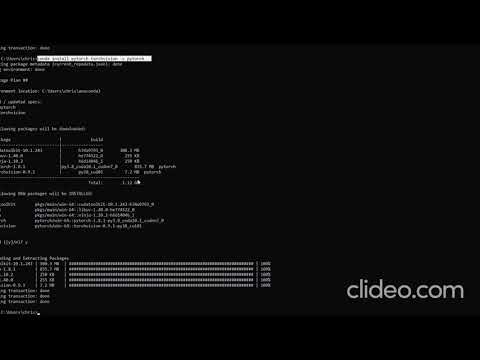
Found 30 images related to no module named ‘torch’ theme
















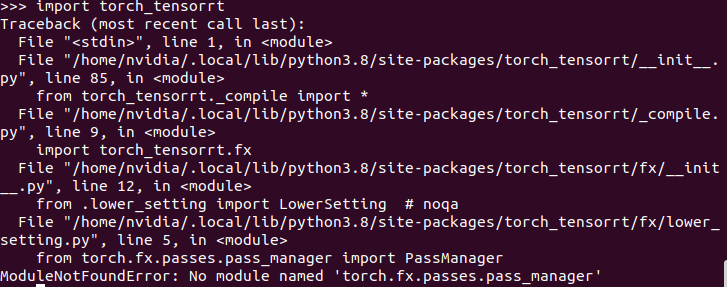
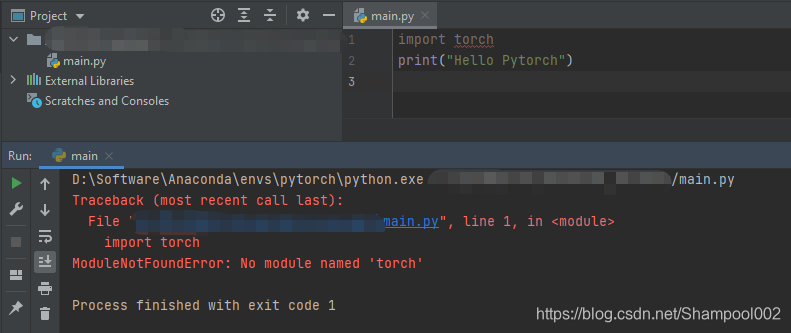






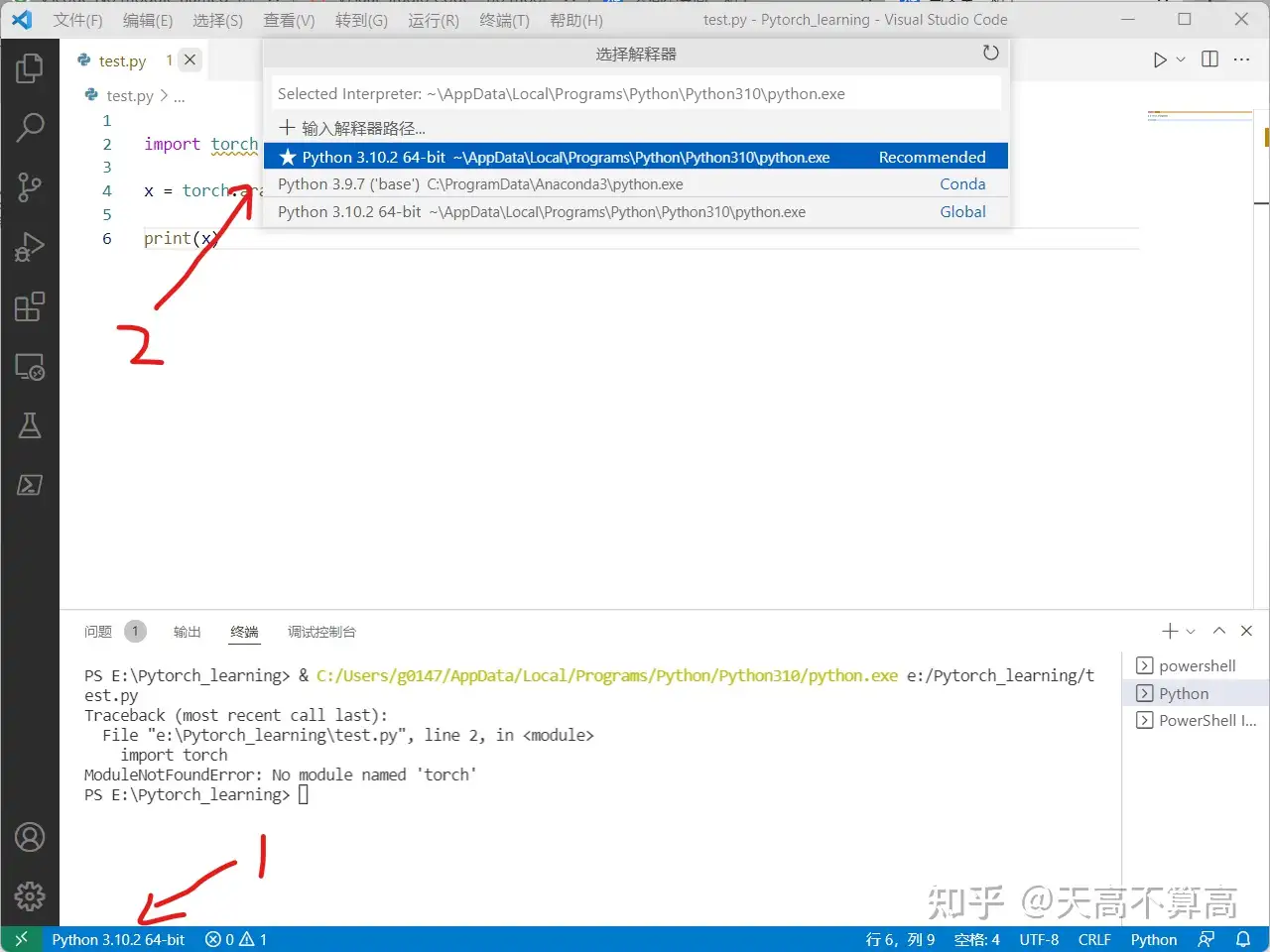



![Modulenotfounderror no module named torch [SOLVED] Modulenotfounderror No Module Named Torch [Solved]](https://itsourcecode.com/wp-content/uploads/2023/03/image-6.png)
![python]环境内有pytorch包,但import torch后运行会提示no module named 'torch'情况的一种解决思路- 知乎 Python]环境内有Pytorch包,但Import Torch后运行会提示No Module Named 'Torch'情况的一种解决思路- 知乎](https://pic1.zhimg.com/80/v2-ce70ebbb6290a1035b56cc3e9946e1c4_1440w.webp)




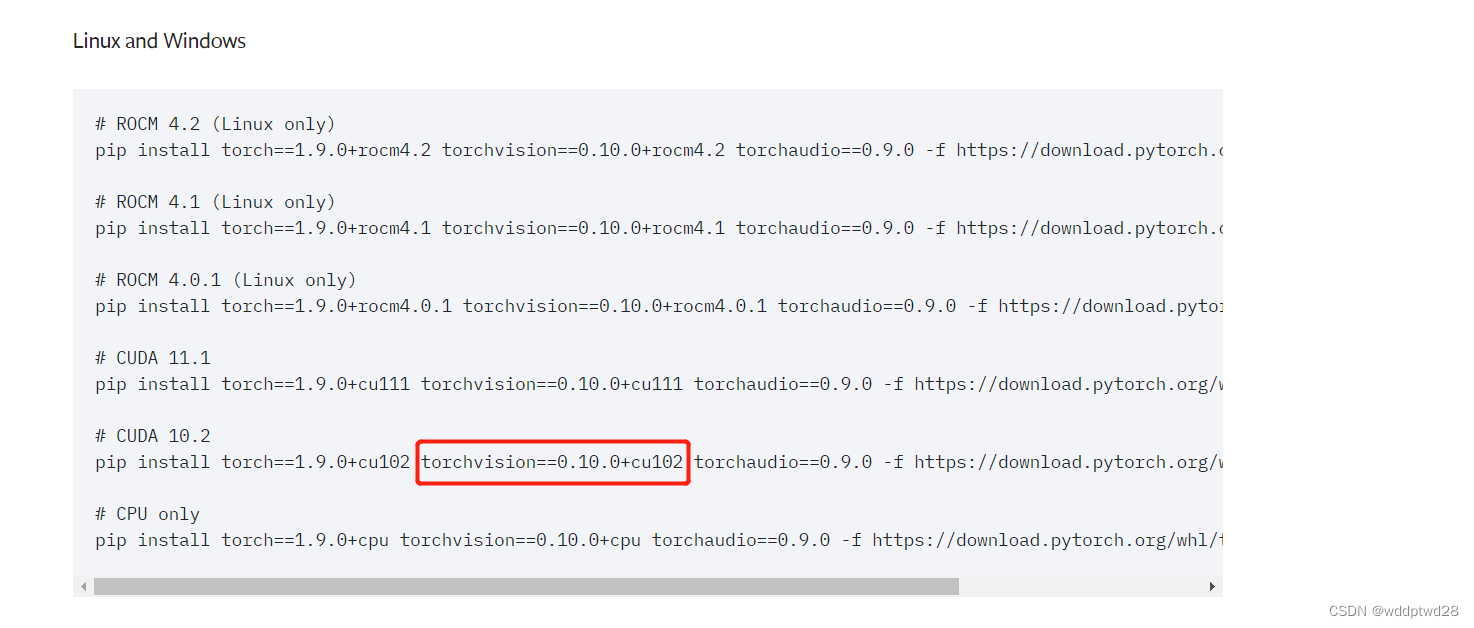

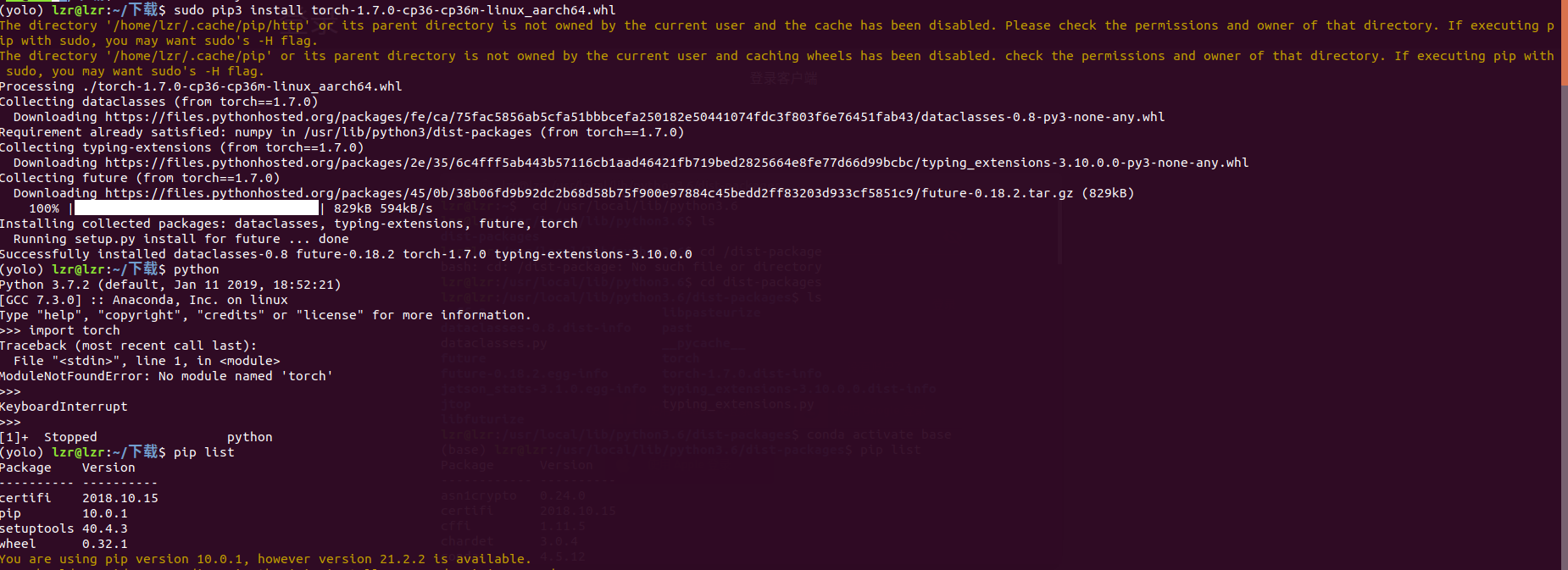


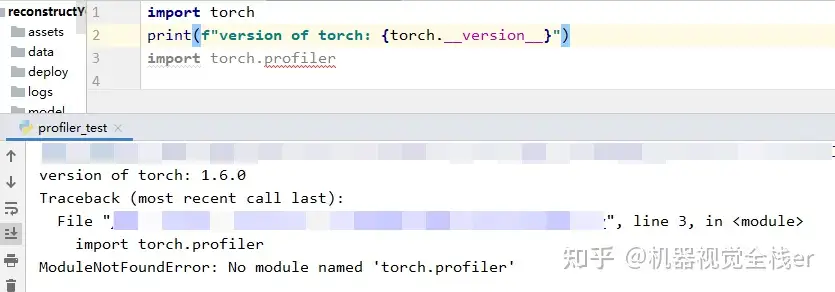


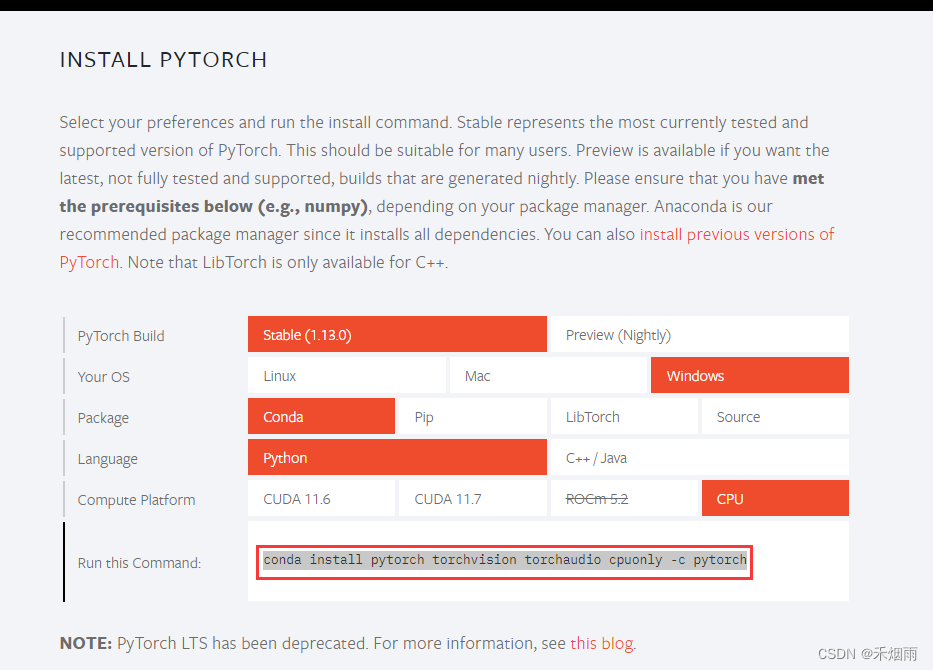
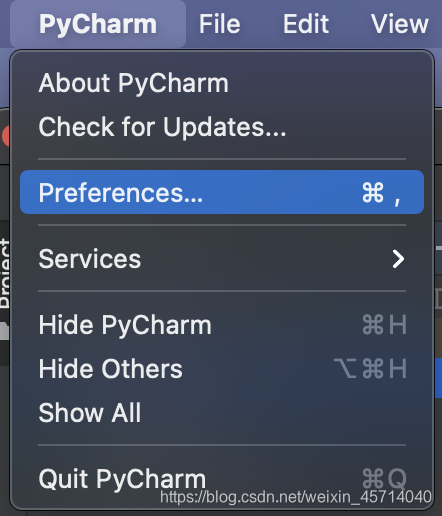
_errors-while-installing-stable-diffusion-webui-quick-fix-torch-and-torchvision-torch-gpu.jpg)





Article link: no module named ‘torch’.
Learn more about the topic no module named ‘torch’.
- No module named “Torch” – python – Stack Overflow
- Python ModuleNotFoundError: No Module Named ‘torch’
- Modulenotfounderror: No module named ‘torch’ (Fix the error)
- No module named ‘torch’ even if I installed it in multiple …
- No module named ‘torch’ ( Ubuntu 18.04, python 3 )
- No Module Named Torch: Troubleshooting The Missing Torch …
- No module named ‘torch’ error – Educative.io
- Modulenotfounderror no module named torch in Python
- ModuleNotFoundError: No module named ‘torch’ #253 – GitHub
- No module named ‘torch._C'” Is Displayed When torch Is …
See more: nhanvietluanvan.com/luat-hoc